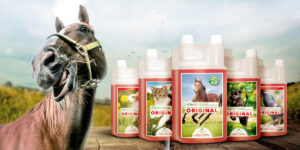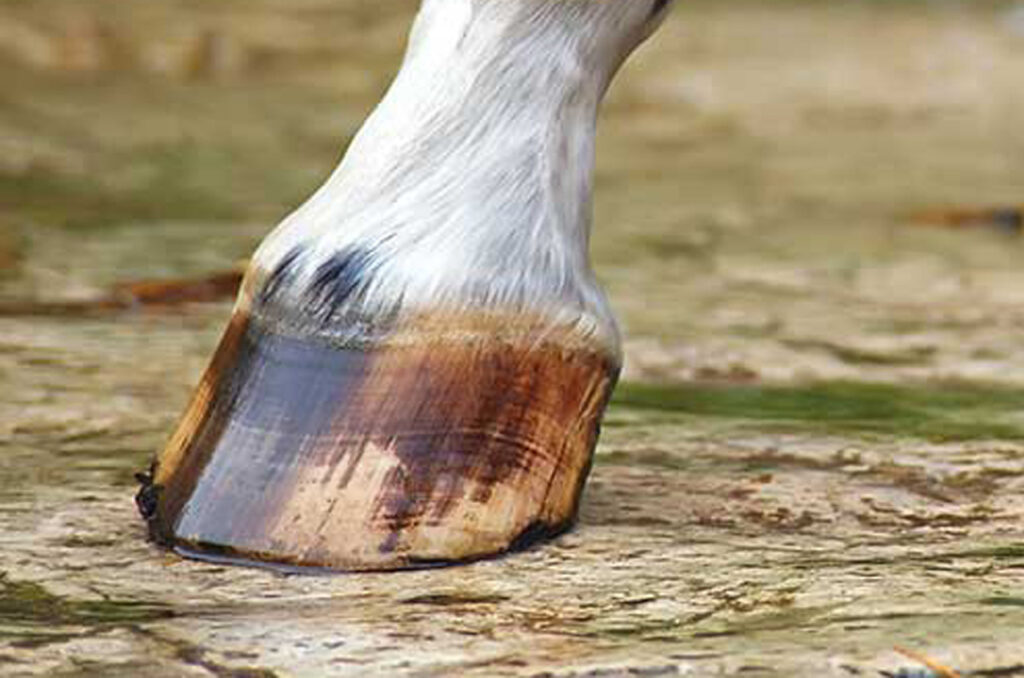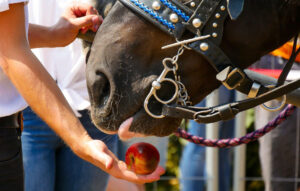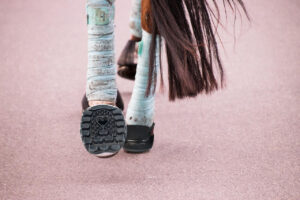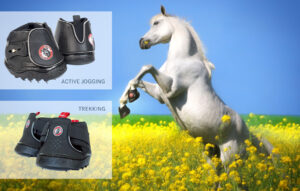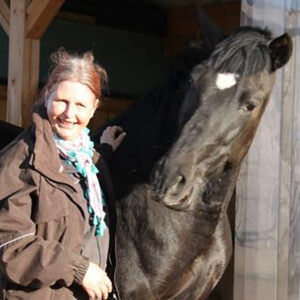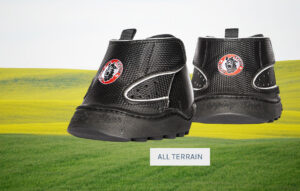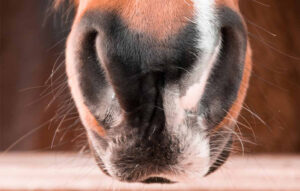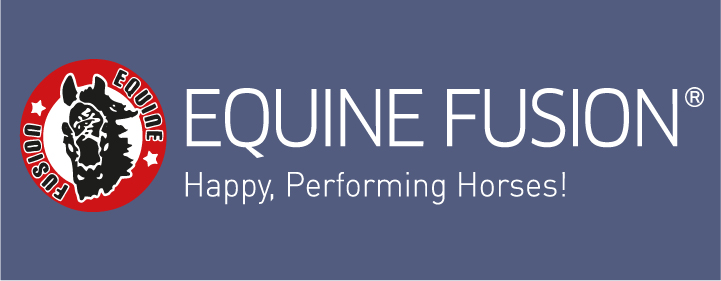In this article, we will explore the phenomenon of laminitis. We will examine the causes, effects and symptoms, as well as the treatments for laminitis and the chances of cure, and recommend state-of-the-art alternative medicine treatments and tonics.
What is laminitis?
Laminitis in horses is an increased, non-infectious inflammation that affects a larger part of the hoof corium. This is the connecting layer between the horn capsule and the coffin bone. It is very often triggered by wrong processes in the metabolism and in the majority of the diseases it affects both front hooves. Robust horse breeds are more often affected than warm-blooded or thoroughbred horses.
Laminitis is painful for horses. They try to relieve the diseased leg by stretching the front legs out in front and shifting the main load to the hind legs. In the case of diseased hind legs, this is reversed: the front legs are pushed under the body, relieving the painful hind legs.
The horses sweat, pulse and respiratory rate are usually increased, possibly muscle tremors, the back curls up. The horses lie down and do not want to get up. As additional symptoms fever, blood pressure increase, cardiovascular and coagulation disorders may occur.
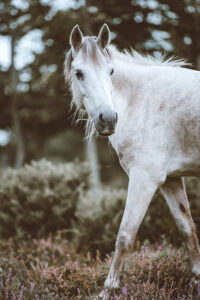
Origin and causes
The causes of laminitis vary greatly, but in all cases lead to reduced blood flow in the area of the hoof corium. A distinction is made, depending on the cause, between:
- Stress laminitis
- Feeding laminitis
- congenital laminitis
- Poisoning laminitis
- drug-induced laminitis
The consequences of laminitis in horses
An inflammation develops. This process leads to swelling of the hoof corium. This entails a loosening of the coffin bone. After only a few days, this can lead to a sagging (coffin bone drop) towards the sole. In the further course of the disease, even a hoof bone break-through and, in the drastic case, a so-called “shoeing out” (detachment of the entire horn capsule) may appear, which is caused by the formation of an edema between the corium and the epidermis.
Recognition and symptoms
The symptoms of laminitis are initially difficult to recognize. What is noticeable is very slow walking and cautious footedness. The movements seem stiff. The steps are short and flat. In tight turns and on hard ground, the symptoms intensify. Basically, the diseased horses have much less desire to move and show clear signs of pain. If the inflammatory process has already started, a warming of the hoof and a swelling of the coronet band can be a further indication that the disease has already progressed.
An increased throbbing of the artery at the back of the fetlock head is not infrequently another sign of the disease. A marked shifting of the horse’s weight is also observed in quite a few cases. If the front legs are affected, the diseased animal will put more weight on the hind legs – the reverse is true if the hind legs are affected.
The diagnosis: Absolute certainty will give the treating veterinarian above all the X-ray of the diseased hooves.
Therapies and treatment options
Both in conventional medicine and in naturopathic and alternative treatment applies: the sooner therapy is started, the more promising is the course of healing.
The therapeutically versatile measures include here:
- Cooling (very important at the beginning of the disease and already before the arrival of the veterinarian)
- Inhibition of the inflammatory process
- Cushioning bandages, plaster casts or hoof shoes
- Box rest
- Change of feed
- Hoof orthopedic treatment
- Elimination of toxins
- Promotion of blood circulation in the hoof
- Strengthening of the whole organism
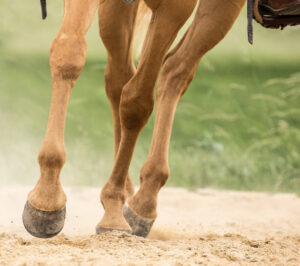
Finding the cause and trigger of laminitis in horses can yield important results through good observation. Chronic laminitis often occurs as a concomitant of the metabolic diseases equine metabolic syndrome (EMS) and equine Cushing’s syndrome (ECS). In poisoned laminitis, poisonous plants or drugs (e.g. cortisone) can be the trigger. Degradation products in silage can also be a trigger due to faulty fermentation.
The prognosis and prospects for recovery
The prognosis of laminitis in horses is mainly determined by its severity and here mainly influenced by whether the disease is acute or already has a chronic course. The healing process of acute laminitis can be completed after several weeks. Chronic laminitis may have a worse prognosis due to displacement of the coffin bone and may have a duration of up to one year or longer.
If inflammation of the bone is added as an additional diagnosis, the prospects of recovery may worsen.
Prevention
Avoiding the triggers is the first priority and is individual for each horse. Misalignment can be reduced by appropriate shoeing. Appropriate feeding can make a real contribution. Horses need paddocks without poisonous plants. In the case of laminitis, one must be especially attentive.
Fortifying the whole organism
Probably the simplest measure to ensure that your horse does not get sick is to fortify the horse, naturally. Our animals need good nerves and composure when dealing with us and the environment. But also in sports, competitions or at shows, calmness and composure paired with power, strength, energy and self-confidence bring great success.
Vita pro is a completely natural, liquid supplementary feed from nature’s treasure chest of valuable ingredients, developed for horses, dogs, cats and other animals, to provide a healthy and powerful portion of extra energy. However, Vita pro can do much more.
Vita pro has been used by dog, cat and horse owners for many years to support and improve the overall wellbeing of their animals and pets. Vita pro has been used for many years and has become a tried and trusted companion for horse owners and stable hands. Horses need daily good feed, fresh water, a clean stable with good air, plenty of light and exercise, as well as appropriate training and, if possible, a sensible supplementary feed.
Have your horse start the day full of zest for life, with Vita Pro
